Apple Announces iOS 13: Dark Mode, iPadOS & Files
by Andrei Frumusanu on June 3, 2019 6:30 PM EST- Posted in
- Mobile
- Apple
- Smartphones
- iOS
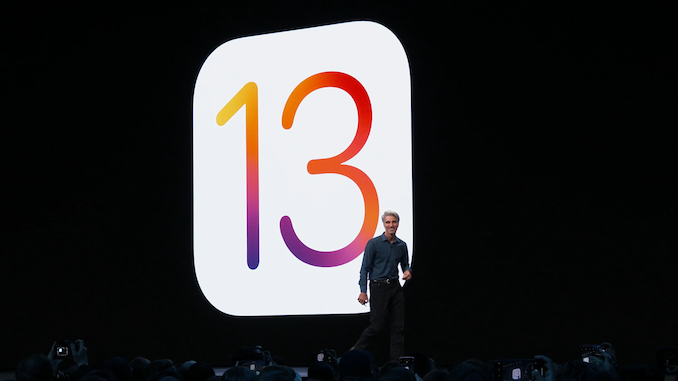
At today’s WWDC event in San Jose, California, Apple unveiled the newest update to its iOS operating system, iOS 13, as well as its forking of iOS for tablet devices into a new dedicated OS: iPadOS. We’ll be quickly covering the most important updates this year and see what’s to expect of this year’s newest features introductions.
System-wide dark mode
Most interesting visual change for iOS 13 is the addition of a new dedicated dark mode that switches the UI to a darker colour scheme that is easy on the eyes. Apple’s implementation of the feature is similar to what we’ve seen by other mobile vendors: It’s able to be quickly switched on or off, and also has a schedule feature which automatically adapts the mode based on time of day.
Wallpapers have been optimised to also feature variants for both light and dark mode themes. While dark mode isn’t supported by third-party apps immediately, developers can update their apps with the new SDK and also integrate with the system-wide switch via an API.
Dark mode will best work on OLED devices and will such provide users with notable battery life improvements due to the lower power draw required to display darker content.
Advanced Photos Editing & Photo Arrangement
The new Photos app allows users to now more extensively edit photos with new advanced techniques. New controls include vibrance, white balance, sharpening, “definition” (clarity filter), noise reduction and vignette filters right from the photo app. Most importantly is the ability to now do advanced editing on video content as well, something that usually had to be done by editing on a dedicated device can now be done on your phone, and you can now crop, rotate, change exposure or apply filter right from your iOS device.
The album feature of the Photos app has also been massively updated. The device and iCloud will now sort your photos based on dates, being able to view group of pictures based on the day, month or even year they were taken, a feature that mimics the way Samsung’s Gallery app has worked for a few years now. Furthermore the new app will be able to sort photos by events, able to better rediscover the collections in the future.
Portrait mode will now allow users to change the intensity and position of the lightning, giving much better control over their portrait shots and allowing for more customised lighting results.
Privacy & Security
Apple made a big emphasis on new privacy and security features in today’s keynote event. At the heart of the new improvements for iOS13 is the new addition of a “Sign In with Apple” feature. The new feature, relatively self-explanatory in its name, is linked to your Apple ID instead of your traditional email account.
The cool thing about the new feature is that Apple enables a “Hide My Email” feature where it creates a unique alias for a given particular app or website. In Apple’s privacy settings later you can have the alias forward emails to your real email or simply block emails if the third-party becomes a nuisance.
Part of the goal of increasing privacy and security, application location permissions will now work differently in iOS 13. You can now give out more fine-grained controls, such as only granting access once instead of permanently. Furthermore Apple will now notify you when an app is using your location, giving you the option to deny access.
A nifty new feature is that sharing photos will now give the option to strip off the location EXIF data based on your preference.
Maps With More Detail
Apple has completely revamped the mapping data for its own Maps app. Using new LIDAR technology, satellite and mapping vehicles, the new Maps app delivers significantly more detail. New functionality includes collections of locations and favourites which gives you a better handle of your most common locations.
Apple also essentially introduces its own version of Google StreetView: The new 360° view of locations promises to offer a similar experience to what Google is able to achieve, but Apple’s implementation seems a lot more seamless and in the event demonstration traveling along a route looks a lot smoother and eye-catching than what Google’s implementation.
The big catch with the new mapping data is that it’s only targeted to cover most of the US by the end of 2019 with some very limited European countries later in the year.
Memoji and Messages
Devices with A9 chips or newer now support generation of your own Memoji stickers. Stickers are essentially static Animojis that you can send in Messages and integrate into the new keyboard.
Messages now also give the option for you to share your name or photo (or animoji or any other photo) when starting a conversation, so the receiver on the other end will immediately know who it is.
Swipe Keyboard
Existing for years on Android devices and third-party Android keyboards, Apple now finally introduces swipe to type on its default iOS keyboard with the adoption of QuickType. Frankly personally this is a huge deal as I haven’t used a regular tap to type keyboard on my daily devices in like 5 years, so it’s great to see Apple get on to the bandwagon for this feature.
Performance - 2x App Launch Speed
Last year’s iOS 12 saw a large performance increase in overall user experience and responsiveness due to Apple’s revamped scheduler and DVFS scaling speed. This year iOS 13 further enhances performance of devices, particularly application launch speeds.
Apple is now employing a new application packaging standard that vastly reduces the size of apps. New application downloads from the App Store are said to be 50% smaller, while application updates will be up to 60% smaller. The new app packaging also increases the application launch times by 2x, a significant upgrade over past generations.
Files - An Actual Filesystem??
Probably what is the single most significant update for iOS 13 was something that was covered in the iPadOS part of the presentation: Files support with full local storage.
The addition of a files browser with full generic access to the local storage is finally resolving one of iOS’s single biggest lackings since its inception over a decade ago. The new iOS 13 now supports showcasing of full file metadata, zipping and unzipping files, iCloud folder sharing and, crazy enough, a Downloads folder.
To blow your mind even further, iOS now will support external files on USB drives, SD cards or even hard drives. If this finally works as promised, it’s a gigantic step for the usability of iOS.
Enterprise
Enterprise users will enjoy a new data-separation feature: It fully separates a user’s usual data from corporate data, something that is targeted for “Bring Your Own Device” use-cases, and will be quite popular with a lot of enterprise users who sometimes will carry around two devices just because of enterprise usage restrictions.






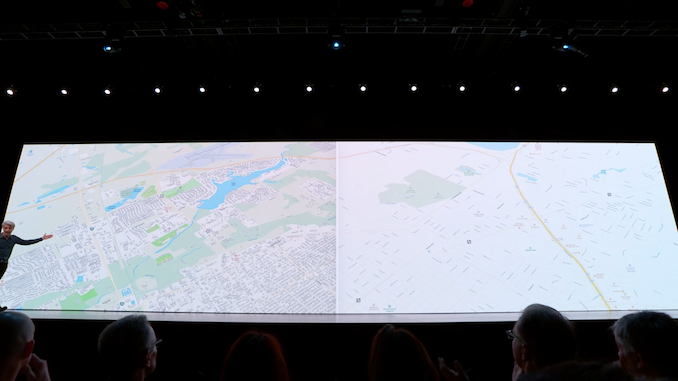
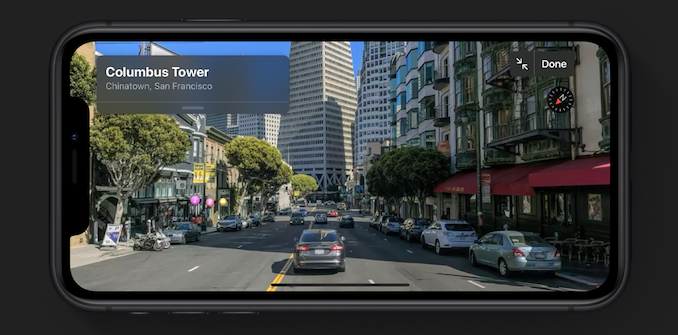
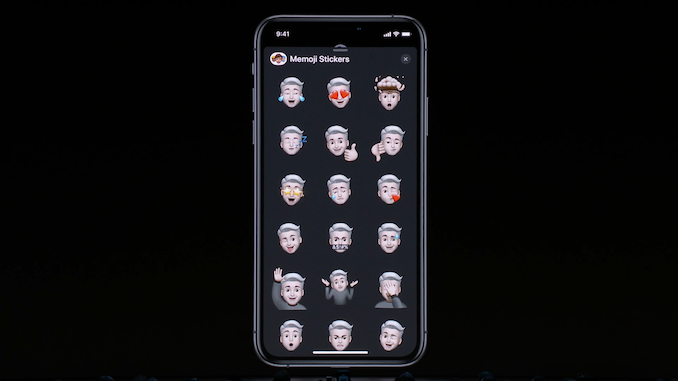
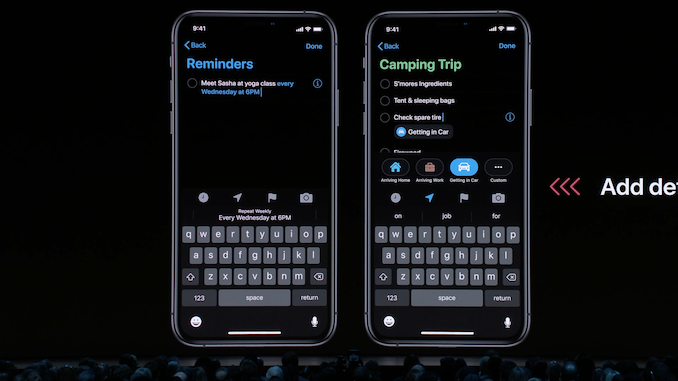









57 Comments
View All Comments
Dexter101 - Tuesday, June 4, 2019 - link
Were it not for the security concern, I'm sure nobody would mind having their mails stored in a Gmail folder on their device, regardless of the fact that it is easier to handle them inside the Gmail App because it's just an additional option. In reality of course there are good reasons to store mails in encrypted form, making it impractical to acces them through a file explorer.Ratman6161 - Tuesday, June 4, 2019 - link
Usage of music mp3's is very, very different than email. Its a false comparison. With email, though I do occasionally have a need to view an email as a file (yes, it does happen) its not typical. Typically I'm just looking at mail through a mail client and it doesn't much matter which one.Not so with music. I listen to my music through a music app but that's where the comparison to email pretty much ends. I have a Windows PC, two Android devices (phone and tablet), an MP3 player, plus three different vehicles - all from different manufacturers and from different years (2013, 2014, and 2017). All three vehicals have either usb stick support or an SD card reader. They all handle playlists differently too. It's really, really handy to just dump the MP3 files from my PC to SD cards or usb sticks to plug into the cars or copy the files to my phone or tablet.
Why is a simple copy operation such a controversial feature. Its simple. Its easy. And it works.
zsh - Sunday, June 9, 2019 - link
Jesus, you are living in the dark ages man. What year is this? Mp3 player? People want to listen to music, not manage music files, that's why services like Spotify are so popular. mp3 player?Ratman6161 - Friday, July 19, 2019 - link
No, I'm very much in the 21st century. I want to be able to listen to music while at the gym and a very small device (not a lot bigger than a quarter). I don't want to carry a big honking phone around and don't want to risk breaking big (expensive) phone while using a weight machine. I don't want to have to mess with WiFi or have (yet another ) data plan to access "services". I want small. I want cheap. And I want easy. MP3 player = connect to my PC, spend about 30 seconds copying a few playlists over and from there, just push a button when I start my workout. The cloud is not the solution to everything and I'm sort of sick of people who have their own way of doing something and insist on ridiculing anyone that does it any other way.Every time I see someone at the gym with this huge phone strapped to their arm it re-enforces for me why I don't want to do that.
zsh - Sunday, June 9, 2019 - link
Not really admitting defeat. From what they have said they didn't do it at first because of security concerns and with this update they moved device drivers to userspace so now it's being done in a more secure and reliable way.yankeeDDL - Tuesday, June 4, 2019 - link
Lol. I use both an iPhone (for work) and an Android. Adding a ringtone, changing a wallpaper, or taking some music with me on the iPhone is infinitely more cumbersome than it is on Android.Maybe "doing things like in the 1980" is not so bad after all.
zsh - Sunday, June 9, 2019 - link
You actually transfer music files to your phone to listen to them? :SLord of the Bored - Tuesday, June 4, 2019 - link
I can assure you, we didn't transfer files over USB in the 1980s. We didn't transfer waveform audio files over much of anything, given the processing and storage limitations of the time.I mean, you can fit A 128-kbit MP3 onto a high-density floppy disk, but it doesn't make sense to use an entire floppy disk for one song when you have a compact cassette recorder.
So yeah, in the 80s we transferred music using mixtapes.
FreckledTrout - Tuesday, June 4, 2019 - link
LOL mixtapes. Kind of miss those.Targon - Wednesday, June 5, 2019 - link
The point is that the idea of being able to see files and manually move or copy them where we want goes all the way back, even to the 1970s. Sure, technology has improved, but the concept is still there. Even in MacOS X, you can go to the finder to copy files, so iOS just catches up now?